In the realm of national security, the United States has embarked on an ambitious project known as the ‘Golden Dome’ missile defense initiative. This program, while backed by substantial financial resources, remains shrouded in ambiguity regarding its operational details and strategic execution. As the nation grapples with evolving threats, the ‘Golden Dome’ stands as a testament to the U.S. commitment to safeguarding its interests, yet it raises critical questions about transparency and efficacy.
The financial investment allocated to the ‘Golden Dome’ is nothing short of impressive. With billions earmarked for research, development, and deployment, the initiative reflects a robust commitment to enhancing the nation’s defensive capabilities. This monetary backing underscores the urgency with which the U.S. is addressing potential missile threats, particularly in an era where geopolitical tensions are on the rise.
However, the initiative’s lack of clarity regarding its technical specifications and operational parameters is a cause for concern among defense analysts and policymakers alike. While the budgetary figures are publicly available and demonstrate a clear intent to bolster missile defense, the specifics of the technology and strategies employed remain elusive. This ambiguity can lead to skepticism about the program’s effectiveness and its ability to adapt to rapidly changing threats.
The ‘Golden Dome’ initiative draws inspiration from successful missile defense systems implemented in other nations, yet it must navigate the unique challenges posed by the diverse landscape of threats facing the U.S. today. From rogue state actors to advanced missile technologies, the complexities of modern warfare demand a sophisticated and adaptable defense framework. The absence of detailed information about the system’s capabilities may hinder informed discussions on its potential impact and effectiveness.
Moreover, as the U.S. government allocates significant resources to the ‘Golden Dome,’ it is essential to ensure that these funds are utilized efficiently and effectively. Transparency in the development process can foster public trust and provide a clearer understanding of the initiative’s goals and milestones. Engaging stakeholders, including defense experts and the public, in discussions about the program could enhance accountability and facilitate a more informed dialogue about national security priorities.
As the initiative progresses, it will be crucial for the U.S. to articulate its vision for the ‘Golden Dome’ clearly. This includes outlining the expected timelines for development, deployment, and testing, as well as the metrics by which success will be measured. By establishing a comprehensive framework for understanding the initiative, the government can mitigate concerns about its viability and reinforce the rationale behind such a significant financial investment.
In conclusion, the U.S. ‘Golden Dome’ missile defense initiative represents a formidable financial commitment to enhancing national security. While the funds allocated to this program are substantial, the lack of detailed information regarding its operational framework raises important questions. As the nation moves forward with this ambitious undertaking, it is imperative to strike a balance between financial investment and transparent communication. By doing so, the U.S. can not only bolster its missile defense capabilities but also foster a more informed and engaged public discourse on the future of national security.













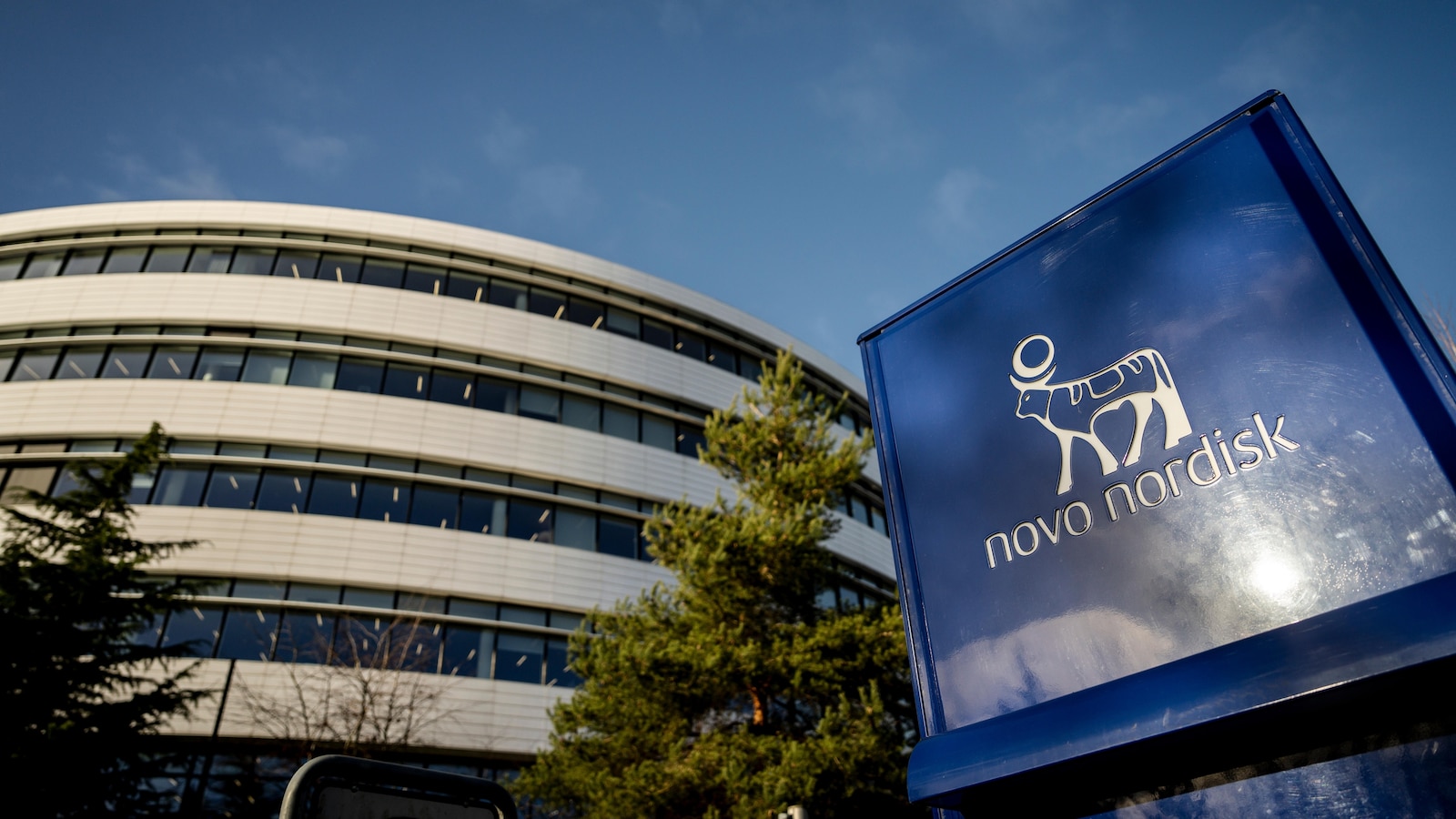



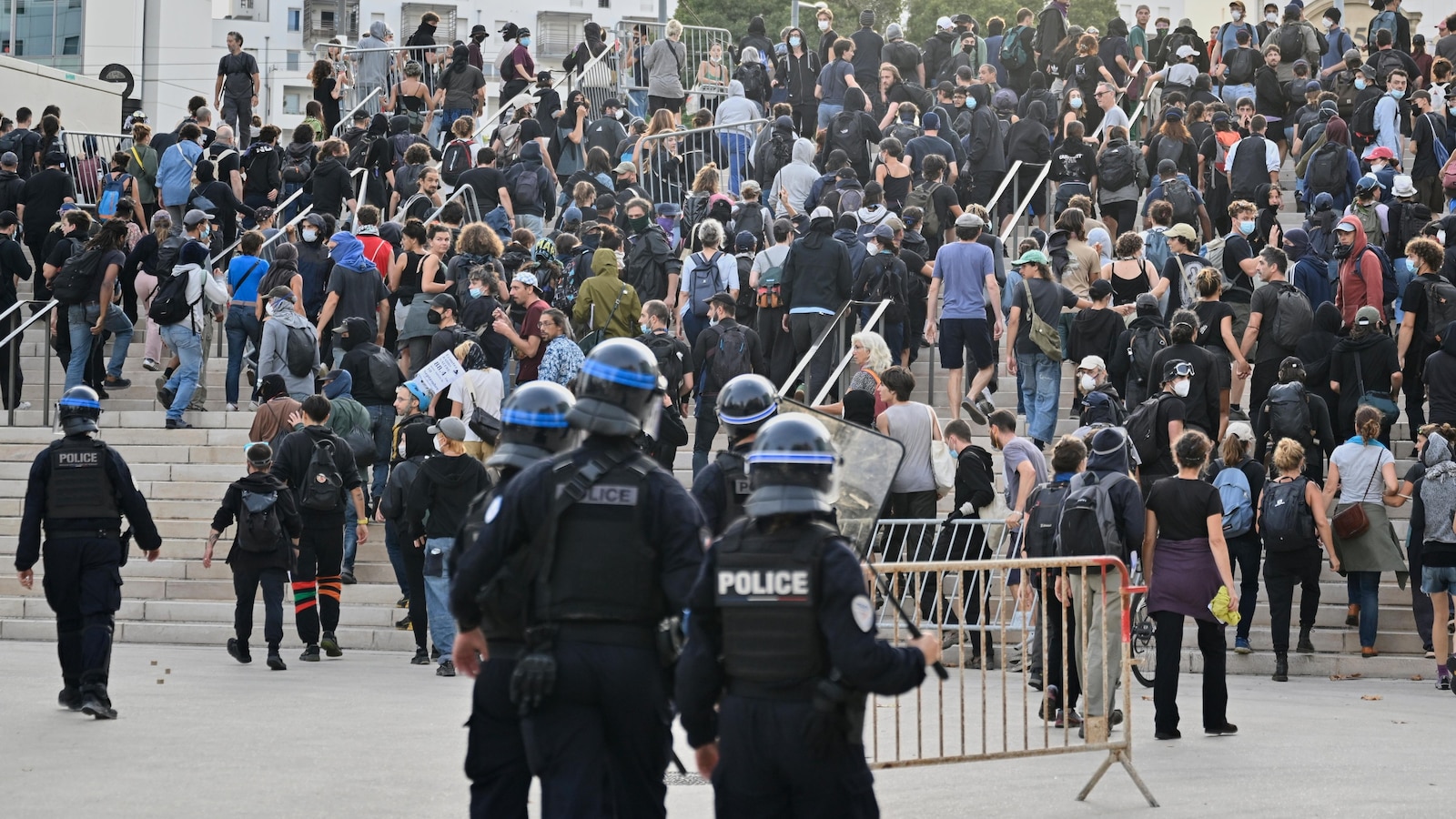


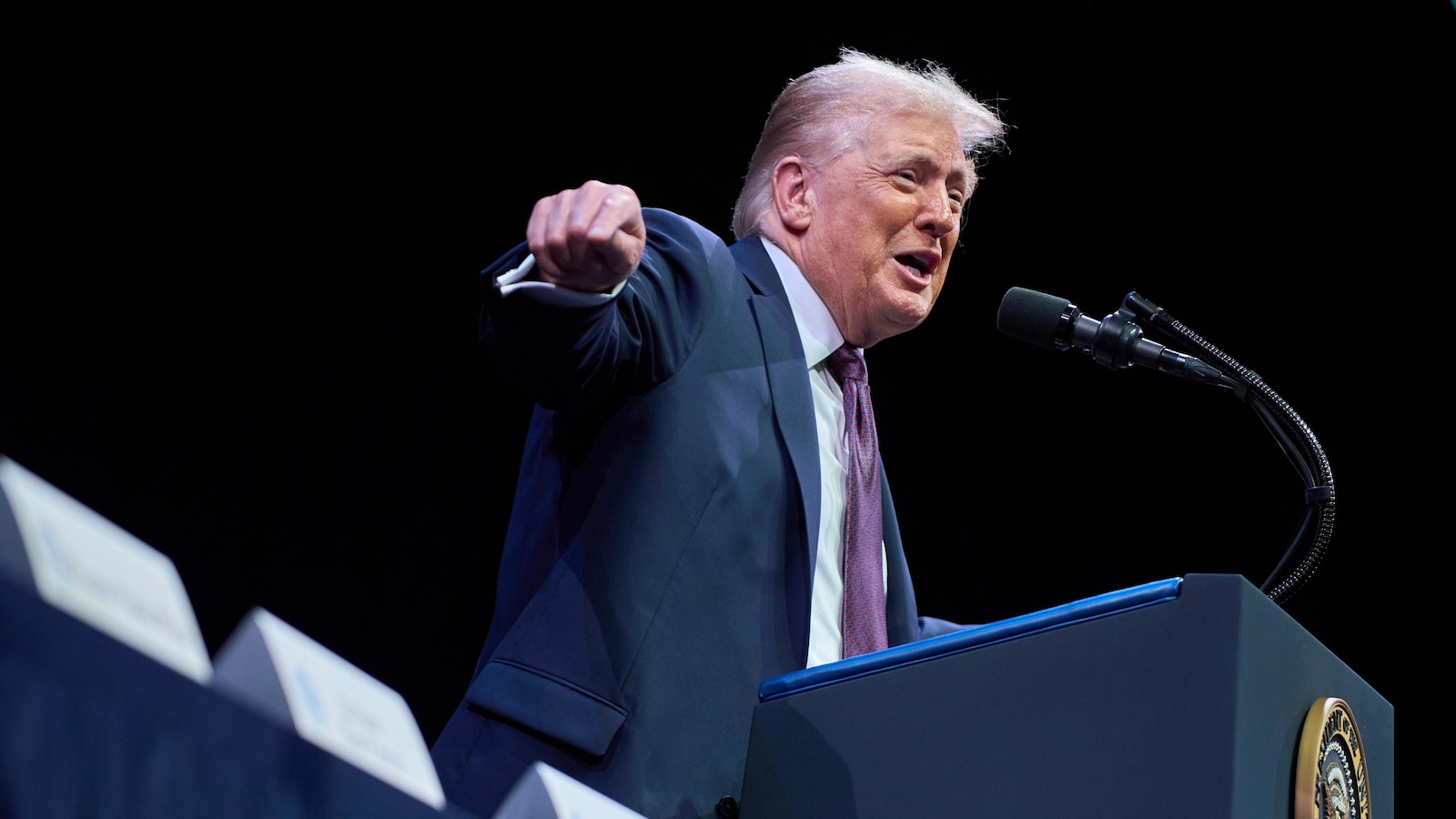


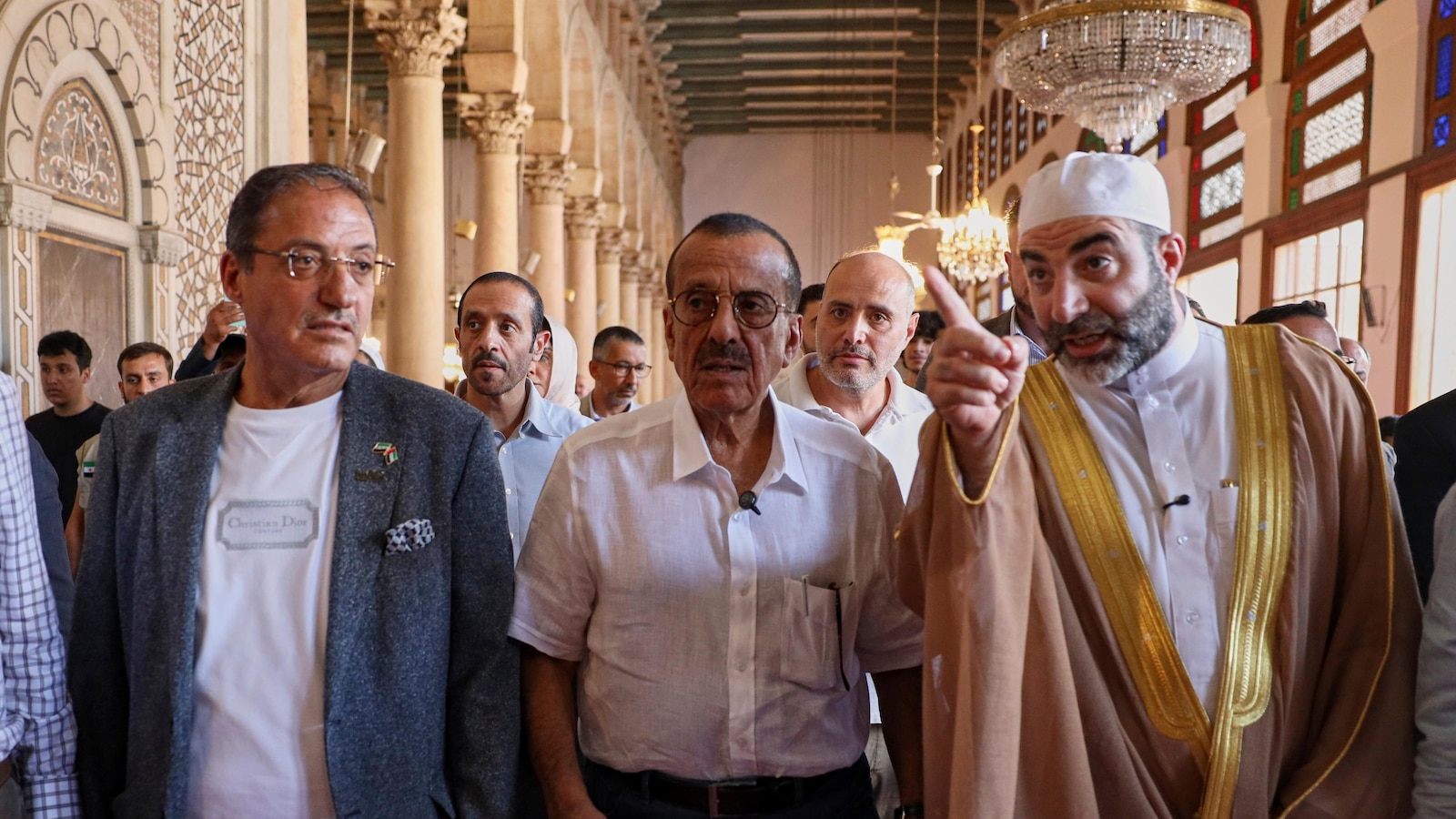








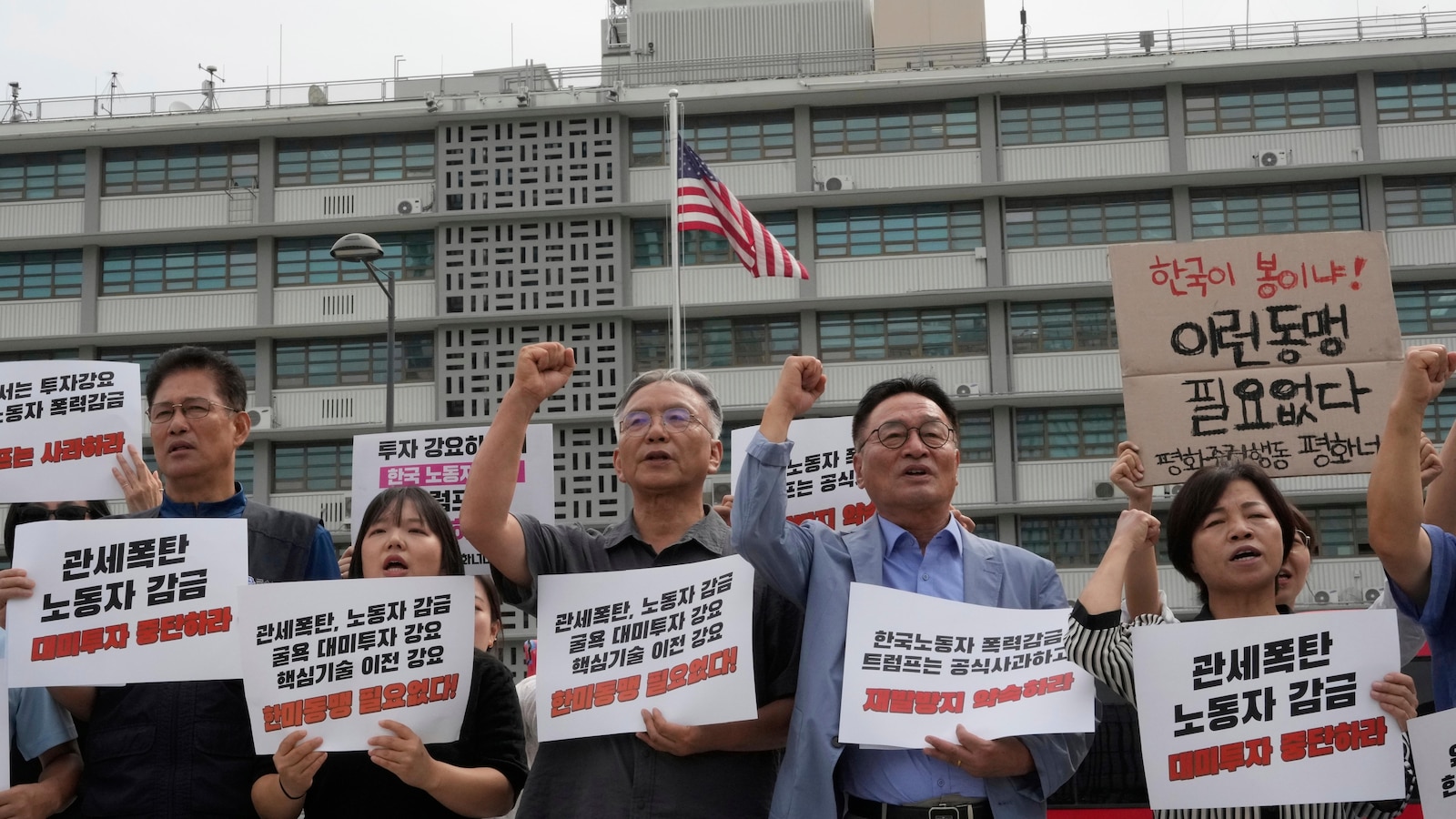









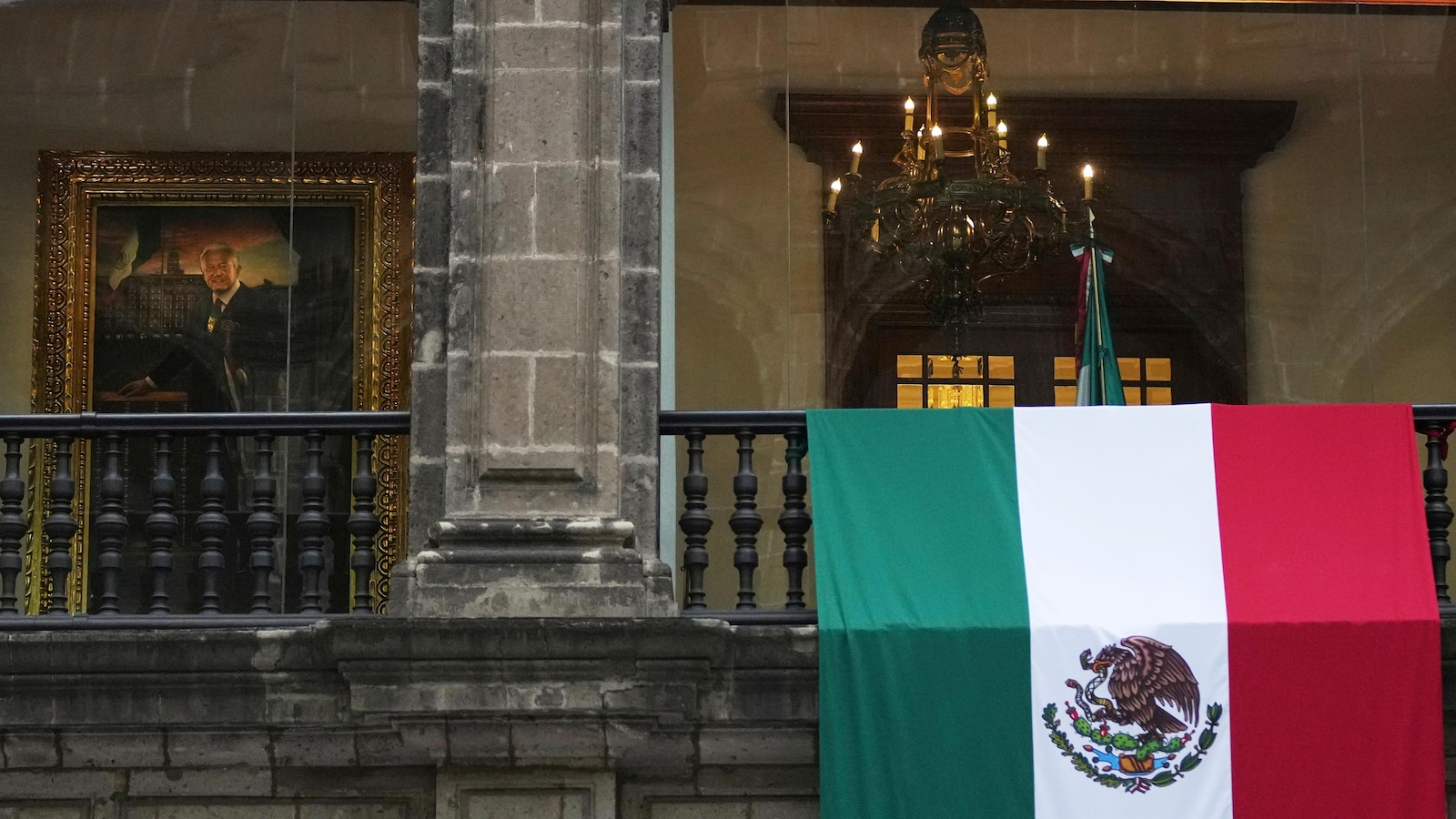







 English (US) ·
English (US) ·